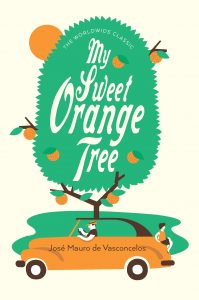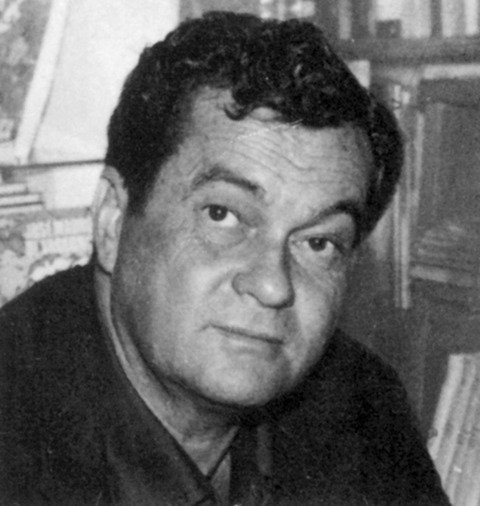 My Sweet Orange Tree written by José Mauro de Vasconcelos in 1968
My Sweet Orange Tree written by José Mauro de Vasconcelos in 1968
Transated from Brazilian to English by Alison Entrekin
This edition published by Pushkin Press January 2018
178 pages in the proof I read
The story of a little boy who discovered pain . . .
A reader’s perspective
Those sad words might appear below the title – but it’s so much more than another ‘misery memoir’. Not least, it has never been out of print in Brazil since its first publication in 1968, and has since been translated into nineteen languages.
There is something so loveable about the main character Zezé – naughty and yet kind-hearted and imaginative. Told from the wide-eyed perspective of a six-year-old encountering life in a poverty-stricken family, it can’t fail to raise sympathy. Yet there are many moments of great humour, beauty and tenderness too.
It is not difficult to read – the writer and translator have made a lovely job of recreating a child’s voice – but some of the content is more suitable for older primary or secondary school aged children. It might be tricky explaining some aspects to younger readers.
It’s funny, illuminating and high-spirited in many places, but certainly, sorrow and loss play their roles. The passionate sense of that place and time will take most readers into a fascinating new world.
I found it so rewarding to travel side-by-side with Zezé – he takes on a harsh life with such wonder, vigour and innocence. A fine reminder to try works from other cultures.

José Mauro de Vasconcelos
A Writers View
Things that impressed or intrigued:
- My Sweet Orange Tree is a semi-autobiographical novel – yet it convinces. It seems to be an authentic child’s voice, rather than a sentimental adult recalling their past.
- The honesty about that harsh life – no holding back from the reality of beatings and poverty, for example.
- The use of a naturalistic ‘magical realism’ – it shifts from the actual (in an adult’s view) to the imaginary seamlessly.
- A rather different experience to read it as a knowing adult than as a child, I imagine. Impressive layers of meaning.
- The two part structure: At Christmas, Sometimes the Devil Child is Born and When the Baby Jesus Appeared in all His Sadness – with equally fascinating chaper titles. This might seem old-fashioned, but the simple prose makes it feel fresh.
- It feels like one of those wonderful arthouse films you come across with subtitles and marvellous colours, and never forget. A bit Cinema Paradiso, if you like. (It has been filmed twice, appparently, in 1970 and 2012.)
- The jacket was designed and illustrated by Nathan Burton – it combines a vintage style with the simplicity of Zezé’s view of the world.
